Every Game of Thrones Season Ranked from Worst to Best
Now its watch has ended, but Games of Thrones was one of the best and most popular series of the modern TV era. Still, not all seasons are created equal. Though arguably the show has never fallen below a certain level of quality (and there will be arguments to that point), the full narrative of HBO’s juggernaut series is greater than the sum of its parts.
Like the books they are based on, some entries in the Game of Thrones TV saga have been more successful than others. So now that the series has concluded, let’s look back on its narrative successes and relative failures. Which seasons of Game of Thrones have had the highest highs, and which have had the lowest lows? Here they all are, ranked from worst (which isn’t really that bad) to best.
Season 8: The One That Ended It All
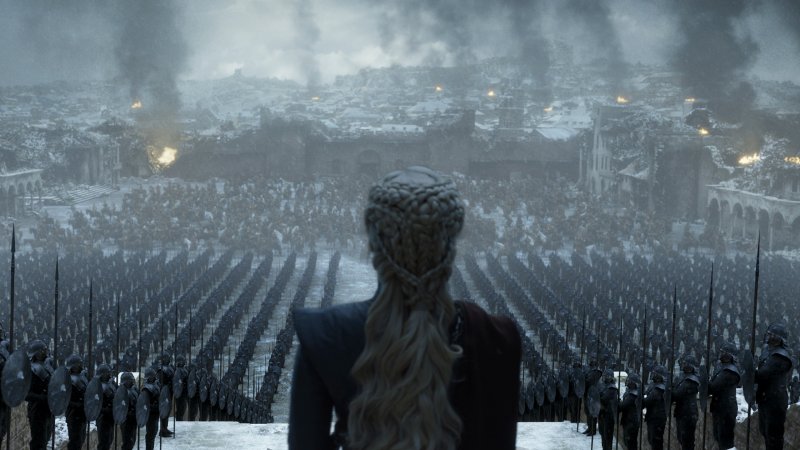
Dramatic highs: The battle against the Night King, Dany’s sacking of King’s Landing, the Queen in the North, that fireside singalong.
Dramatic lows: Dany suddenly going “crazy,” Cersei only drinking wine and looking out a window all season, lore and prophesy not mattering, a nonsensical finale, Jaime’s sudden turn back to King’s Landing, and a rushed announcement of Westeros’ new leader.
There was always going to be an immense amount of pressure surrounding Game of Thrones’ final season, but the choice that showrunners Dan Weiss and David Benioff made to only carve out six episodes to tell this epic, complicated series’ swan song was a mistake from the start. Though most fans would agree that how things ended up could have worked with more time, the extremely rushed plots and character developments (or more accurately, lack thereof regarding the latter) ultimately diminished the quality of the series.
Instead of being the slow-burn, cerebral tale of chasing power at any cost, Game of Thrones’ final season gave itself over entirely to spectacle, to the detriment of story. Some of that spectacle was really outstanding, and it’s one of the reasons why the series’ place in the TV canon will always be relatively high. It brought movie-quality production values to the small screen, legitimized the fantasy genre on the awards circuit, and united the world in a shared cultural conversation.
There were some satisfying moments in this last season, including Sansa’s ultimate triumph in freeing the North from the rule of King’s Landing (and becoming Queen in the North herself), as well as some of the wonderful small conversations that used to define the show (such as the one between Tyrion and Jaime about how Tyrion wouldn’t have survived his childhood without him). But even scenes that should have had a major emotional impact, like Dany and Jon’s final conversation, Theon’s sacrifice, or Jaime’s decision to return to Cersei after sleeping with Brienne, felt hollow because none were given enough time. Even some of those conversations, like the one between Tyrion and Varys about who should rule Westeros, were undermined by nonsensical storytelling that dumbed down the essence of the series to “the ruler should have a dick.”
Fans will argue about the merits and the failures of this season forever, but its disappointing conclusion (in terms of pacing and undercutting its own lore) will always haunt the show’s legacy. Despite the best efforts of the cast, Game of Thrones’ final run did not live up to the high bar set by what came before it, which is a shame, because we all deserved better. — Allison Keene
Season 5: The One with Dorne
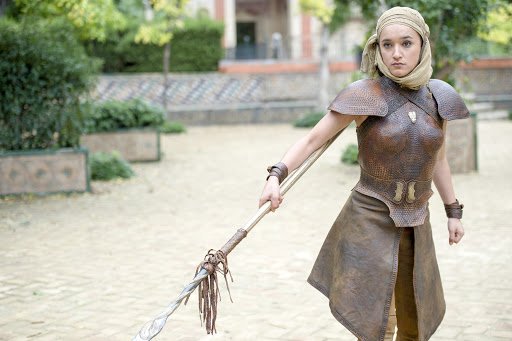
Dramatic highs: The Battle of Hardhome; Stannis’ fall; Dany asks Tyrion to be her advisor; Jon is betrayed by the Night’s Watch; Sansa and Reek escape Winterfell together.
Dramatic lows: Everything in Dorne; The Sons of the Harpy; Sansa’s rape; Arya mops so many floors.
Oh, Dorne. We were so looking forward to seeing you. Unfortunately, Game of Thrones bit off a bit more than it could chew in Season 5, only giving us the barest of insights into the people and culture of Dorne in favor of keeping up with many of the characters we already knew and loved. Even Jamie and Bronn’s eventual inclusion in this plot couldn’t save it. By the time Myrcella dies in her father’s arms, it’s hard to care. (Sorry, Myrcella.)
Elsewhere in Season 5, we get Dany’s machinations in Meereen, where she is trying to govern the city she conquered. As is often the case with Dany’s plotlines, much of the bulk of her season-long story is redundant and slow (although Tyrion does show up at one point), but it makes up for it in the end. In Season 5’s case, Dany gets a finale sequence that sees Drogon swooping in to protect Dany from the Sons of the Harpy. The Mother of Dragons then climbs atop Drogon and flies away — the ultimate mic drop.
In King’s Landing, Margaery and Tommen are married, only for Cersei to enact her plan to take her daughter-in-law down by reinstating the Faith Militant. Her plan backfires when The Sparrows imprison not only Margaery, but also Cersei herself, making her take part in a walk of shame across the city. Cersei, meanwhile, is foisted by her own petard.
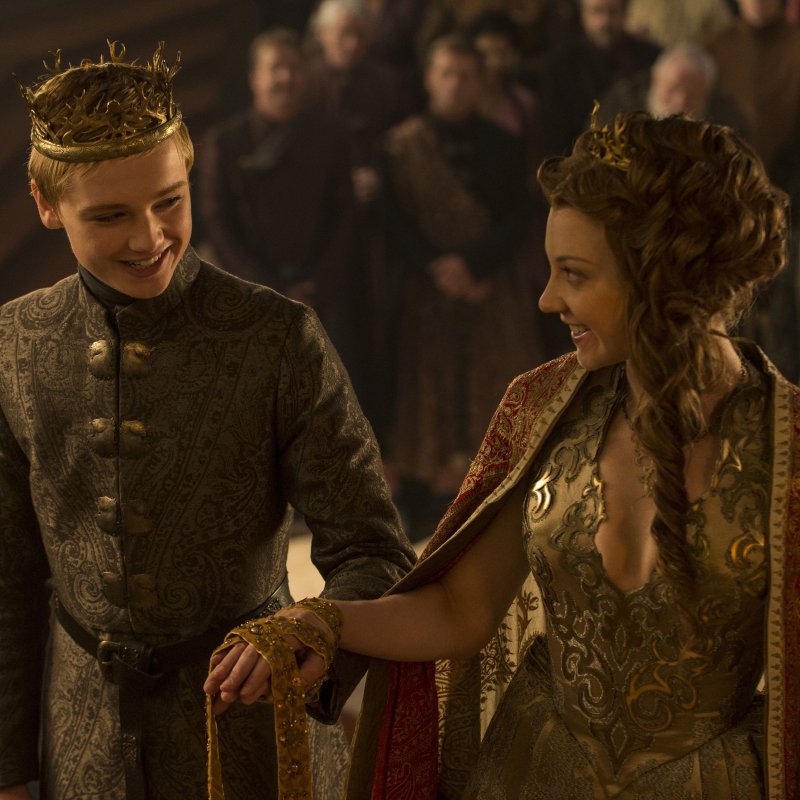
Going along with Season 5’s unfortunate theme of seemingly reveling in women’s suffering, this season also brings us Sansa’s marriage to and subsequent sexual abuse by Ramsay Bolton. This storyline was particularly hard for many Game of Thrones viewers to stomach, and was unnecessarily gratuitous in its depiction. As many critics pointed out at the time, Sansa’s rape was shot to be more about Reek than Sansa herself, robbing the character of her agency not only in the scene itself, but in the larger narrative — at least, in Season 5.
Meanwhile, in Braavos, Arya mops floors for Jaqen as part of her boring training with the Faceless Men. When she finally gets to do something — temporarily abandoning her training to kill Meryn Trant — she is struck blind for it. Damn, A Girl was just trying to give herself more of a plot!
Season 5 also saw Stannis’ long, slow fall from power. Told mostly through the perspective of Ser Davos, this storyline was one of the more successful of the season, even if it was also one of the most heartbreaking. Davos’ loyalties to Stannis are challenged as Stannis relies more and more on the questionable advice of Melisandre. Through it all, Davos’ friendship with Princess Shireen is a bright spot in a sea of despair. When Stannis agrees to sacrifice Shireen to gain more power from the Lord of Light, this show has never felt more effectively cruel. By the time Brienne kills Stannis after his army is defeated by the Boltons, it’s hard to feel sorry for him. At this point, even Stannis seems to think he deserves it — which just makes him an even more interesting character.
The best part of Season 5 came in Jon Snow’s storyline, which saw him forming an alliance with the Wildlings as the new Lord Commander. His tenure has a desperate and tragic arc, as he faces the White Walkers and their wight army at Hardhome, only to be betrayed by his Night’s Watch and stabbed to death for daring to join forces with the Wildlings. It is a testament to Game of Thrones’ overall quality that even in what is arguably the worst season so far, we get a episode like “Hardhome,” one of the best of the entire series.
Season 2: The One with The Battle of Blackwater
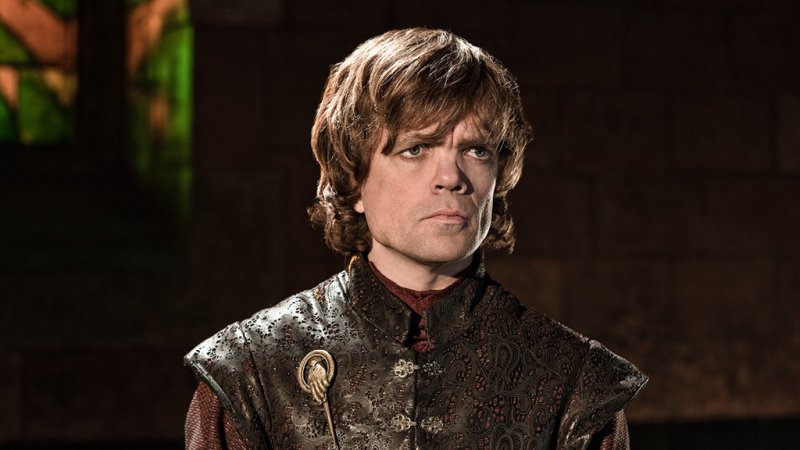
Dramatic highs: Arya hangs with Tywin Lannister; Tyrion is a delightful political mastermind as the King’s Hand; Brienne pledges herself to Catelyn.
Dramatic lows: Everything in Qarth.
Listen, The Battle of the Blackwater is great, as is Tyrion’s tenure as the King’s Hand. Game of Thrones has never been bad, but Season 2 is a chaotic frenzy that is a showcase in the series trying to figure out how to tell this story now that the characters and storylines are even more disparate than they were in Season 1. Granted, this is not an easy narrative balance to get right, and it’s actually pretty impressive that it only really took Game of Thrones one season to figure it out.
What happens in Season 2? A lot. The Starks declare war on the Lannisters, following the execution of Ned Stark. Robb Stark begins to win some battles, but the seeds of his inevitable defeat begin to be sown: Robb falls in love with Talisa. Catelyn kidnaps Jaime Lannister as part of her plan to get Arya and Sansa back from the Starks. Theon betrays the Starks in favor of supporting his father, taking Winterfell for the Greyjoys.
Meanwhile, Stannis uses Melisandre’s magic to kill his own brother, Renly, in front of Brienne and Catelyn. While most of Renly’s supporters throw their support behind Stannis, Brienne pledges herself to Catelyn in an alliance that will prove to have consequences for seasons to come.
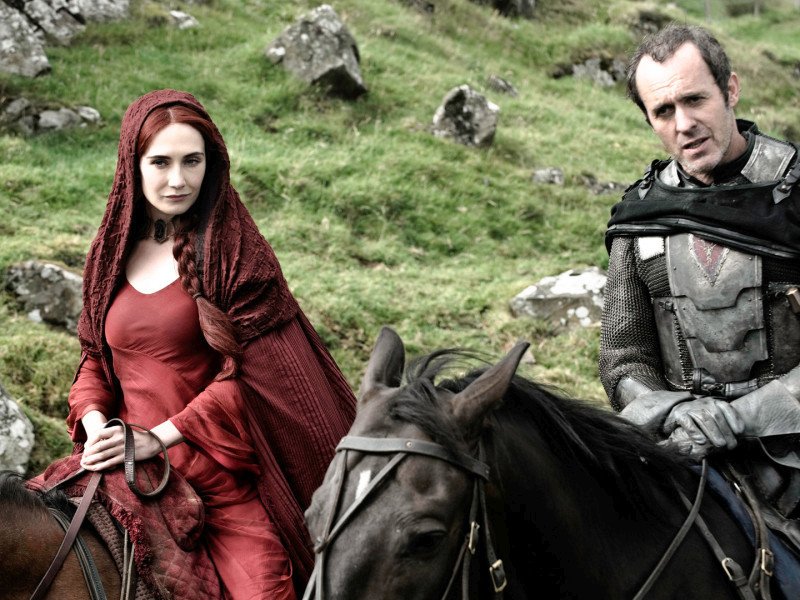
A brief, yet delightful Season 2 highlight amidst the chaos that is much of this season comes in Arya’s storyline when we see her interacting with Tywin Lannister himself. Of course, Tywin gets a kick out of Arya’s no-nonsense ferocity, while she tries to figure out if she can get away with killing him. This short-lived relationship remains one of the show’s best instances of straying away from its source material.
Elsewhere in the season, Dany is in Qarth forever and Jon meets Ygritte. He thinks she is his hostage. Really, he is hers. Ranger Qhorin Halfhand convinces Jon to kill him in order to gain the Wildlings’ trust so he can go undercover and get close to the mysterious Mance Rayder.
Season 1: The One that Started It All

Dramatic highs: Meeting this world and these characters; baby direwolves!; Arya’s training; Ned Stark’s beheading.
Dramatic lows: Daenerys’ rape (which was changed from the book).
It’s hard to argue with the awesomeness of the first season. It introduced us to the Westeros we know and love. That being said, one of the things that makes Game of Thrones great — and that sets it apart from some of the other shows of the modern TV era — is that it has taken its time to tell a story of ferocious scope. This means that, as great as Season 1 is, it cannot hold a candle to the later seasons that take full advantage of the narrative groundwork that has already been laid.
What happens in Season 1? (I know, It’s been a long time). We meet the Starks, who are pulled into the Westeros when Ned Stark’s old friend Robert Baratheon asks him to serve as the King’s Hand following the mysterious death of Jon Arryn, the former Hand. Jaime Lannister pushes poor little Bran Stark out of a window after Bran spies him sleeping with his twin sister Cersei Lannister. So begins the bitter feud between the Starks and the Lannisters that would only intensify at the end of the season when cruel Joffrey has Ned Stark beheaded.
Meanwhile, in Essos, we meet Daenerys and her terrible brother Viserys. In a bid to gain the power needed to take back the throne of Westeros, Viserys marries his sister off to Khal Drogo, a Dothraki leader with his own tribe of warriors. The two eventually fall in love, but when Drogo dies, along with their baby, Dany chooses a new path: the one that leads to the throne of Westeros.
We are also introduced to The Wall, and get a glimpse of what is beyond it, through Jon Snow’s induction into the Night’s Watch.
Season 4: The One with Joffrey's Murder
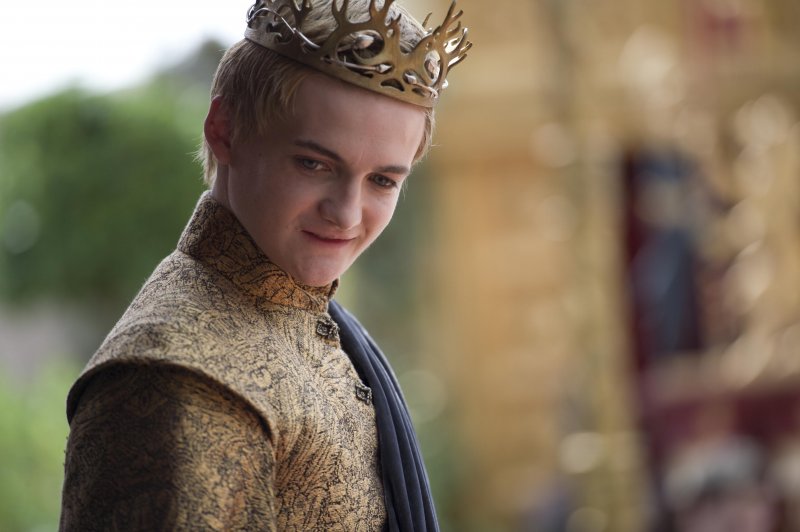
Dramatic highs: Lannister family drama; Arya and The Hound road trip across Westeros; Brienne and Pod road trip across Westeros; The Night King turns a baby into a White Walker.
Dramatic lows: Jaime rapes Cersei (again, a change from the book); Bran’s trek across the North; Shae’s murder.
The Lannister family drama has never been as taut and affecting as it is in Season 4, which starts with a bang when Joffrey is poisoned at his own wedding, bringing the tensions of this house to the surface. This set the King’s Landing part of Season 4’s story as a murder mystery, with a heartbroken, furious Cersei intent on bringing the murderer to justice.
Of course, Cersei’s long-held hate for her brother Tyrion leads to her confidence that he is the one responsible, setting up a kangaroo court designed to end in Tyrion’s execution. After a trial-by-combat that, instead, ends in Oberyn Tyrell’s brutal death, Jamie lets his little brother go. Tyrion uses the opportunity to kill his father and his lover Shae, who he stumbled upon in his father’s bed. It is the latter murder that cost Tyrion this critic’s unabashed allegiance.
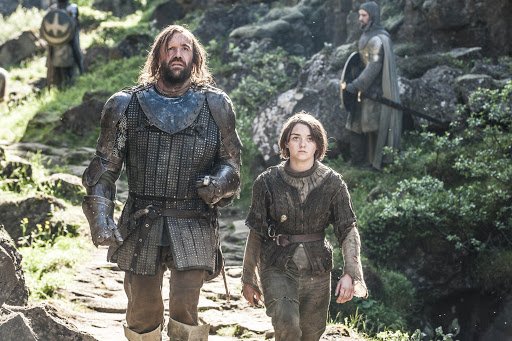
The Lannister family drama was the high point of this season, though it was tainted by a scene in Episode 3 that sees Jamie raping his sister next to the body of their dead son. The scene was changed from the book to be non-consensual for seemingly no reason, and has not been addressed by the characters ever since.
Across the sea in Slaver’s Bay, Dany leans into her plan to rule Meereen as a sort of Learning to Rule With Training Wheels situation. While much of Dany’s non-Westeros-related storyline feels interchangeable and repetitive, this season’s Dany arc is elevated by the Jorah Is Revealed as a Spy storyline, and Dany’s decision to chain up two of her dragons when it is revealed that Drogon has started killing humans.
At this point in Bran’s story, things are still pretty boring. As much as I like the Reed siblings (R.I.P., Jojen) and Hodor, there’s only so much drama inherent in this ragtag group making their way through Wilding territory in search of the Three-Eyed Raven. Nothing really changes here over the course of the season, save for their final flight across the icy tundra to the Cave of the Three-Eyed Raven. This is an example of one of Game of Thrones’ “checking in” storylines, designed to remind us of a character who has been important or who will be important later, rather than a story that is itself currently important to the plot.
Meanwhile, Sansa’s escape from King’s Landing with Littlefinger at the beginning of the season eventually leads her to the Vale, where she begins to understand the lengths of Littlefinger’s treachery, as well as his creepy commitment to her. While Sansa is still relatively passive at this part in her story arc, she gets some interesting things to observe here. And, when she gets the chance to throw Littlefinger under the bus, she lies for him, an interesting choice for a character who is just beginning to understand how to play the game. This appears to be the beginning of Sansa’s increased agency, only for the shift in her plot to be undermined in the worst parts of Season 5.
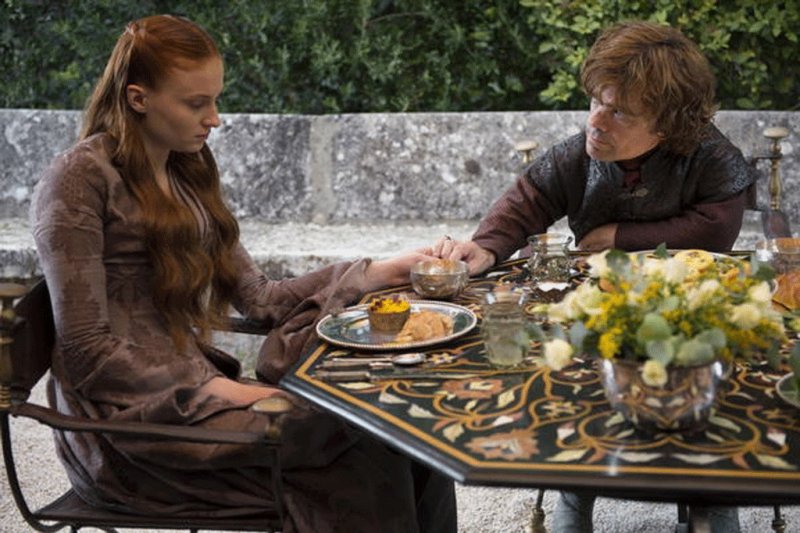
While Sansa is traveling with Littlefinger, Arya spends her season with The Hound. The two make for an unlikely and dramatically-rich duo. Though Arya wants to kill The Hound for killing her friend back in Season 1, and The Hound wants Arya for the reward she will fetch, you get the impression that the two could be friends if the circumstances of their lives had been different. Inevitably, Arya leaves The Hound to die following a fight with Brienne — a sign of just how cutthroat and independent Arya has become. A girl travels alone.
Jon Snow’s Season 4 storyline is relatively low key, while vitally important because of its White Walker connection. Fresh off his undercover operation from Season 3, he rushes to warn the Night’s Watch of Mance Rayder’s inevitable wilding attack, and he is moderately successful. Jon then heads North in an attempt to assassinate Rayder, only to be caught by Rayder and subsequently saved by the arrival of Stannis’ army. This guy has more lives than a direcat. (Not a thing, huh?)
Season 7: The One with All the Payoffs
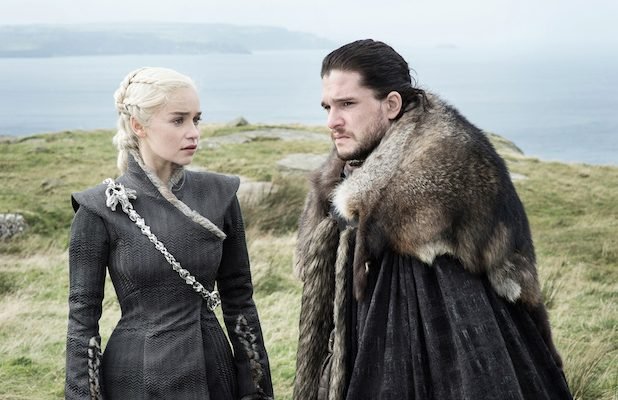
Dramatic highs: Loot train sequence, dragons, ice dragon, a wight in King’s Landing, Jon’s parentage confirmed, character reunions galore, “Tell Cersei it was me.”
Dramatic lows: More incest, Sansa and Arya’s fake feud, Euron Greyjoy, the weak demise of Littlefinger.
It’s tough to objectively insert Season 7 into this list because it has a major edge on every other season: immense payoffs. Part of the fun, and the frustration, of Game of Thrones has been the waiting game. If you had told us back in Season 2 that we would one day see Jon and Dany together fighting wights with dragons, we could scarce have believed we’d live to see it. But Season 7 also gave us some exceptional battle sequences, like the surprisingly emotional Loot Train, and the joy of seeing characters, even minor ones, reunited and allied as the series begins to wind down.
On the other hand, the shortened season was also the first to be completely off-book from George R. R. Martin’s works, which was both a good and a bad thing. Plots moved very fast and featured a ton of long-awaited reveals, which was fun, but as a result a lot of the narrative choices were shallow, ham-fisted, or rushed — something that became increasingly apparent after the adrenaline rush wore off. The feud between Sansa and Arya was particularly egregious, as was ignoring so much of the mythology that Martin established, but the season tends to get a pass for most of its faults because it was essentially non-stop fan service, thanks to the work put in by earlier seasons. Was it entertaining? Absolutely. Was it good? That’s less certain.
Still, despite the fact that the series’ tone felt changed and its nuances all completely removed, we can’t overlook the fact that the season ended with the Night King gaining control of a dragon, turning it into a flying wight, and taking the Wall (and thousands of years of magical Westerosi protections) down. That’s epic television. — Allison Keene
Season 3: The One with The Red Wedding
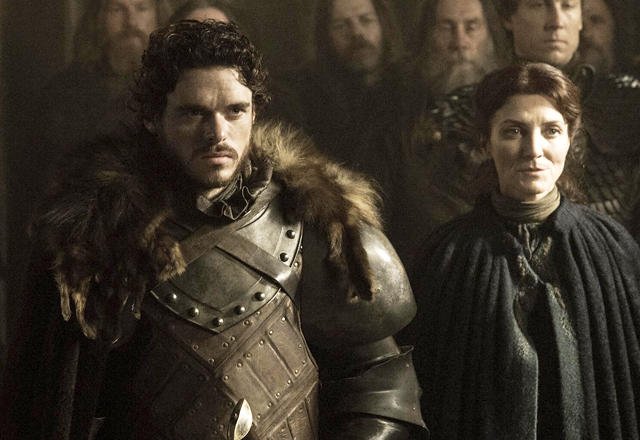
Dramatic highs: The Red Wedding; Brienne and Jaime’s friendship; “You know nothing, Jon Snow”; the Tyrells enter the fray; Yara decides to save Theon.
Dramatic lows: Theon’s torture.
Season 3 of Game of Thrones is many a viewer’s favorite of the TV show so far, and it’s not hard to see why. The season brought to a head many of growing political tensions from the first two seasons, ending with the Red Wedding, a television event that transcends the viewership of this show to become a cultural touchstone. Even if you don’t watch Game of Thrones, you know that you don’t want to attend the Red Wedding.
But the Red Wedding wasn’t the only thing to like about Season 3. In addition to the political machinations we got within Westeros, we also got one of Jon Snow’s best seasons as we watched the character become increasingly conflicted about his allegiances during his time undercover with the Wildlings, where he meets and falls in love with Ygritte. Meanwhile, in Astapr, Dany has what has arguably been her strongest season. With both Jorah Mormont and Barristan Selmy to advise her, Dany buys the Unsullied army, taking a very large step towards her ultimate goal of the Iron Throne. She also first meets Missandei and Grey Worm.
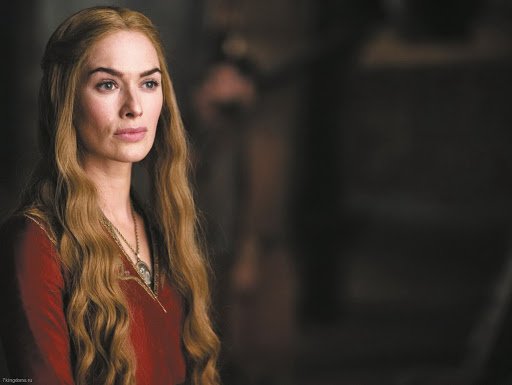
Season 6: The One Where Everything Comes Together
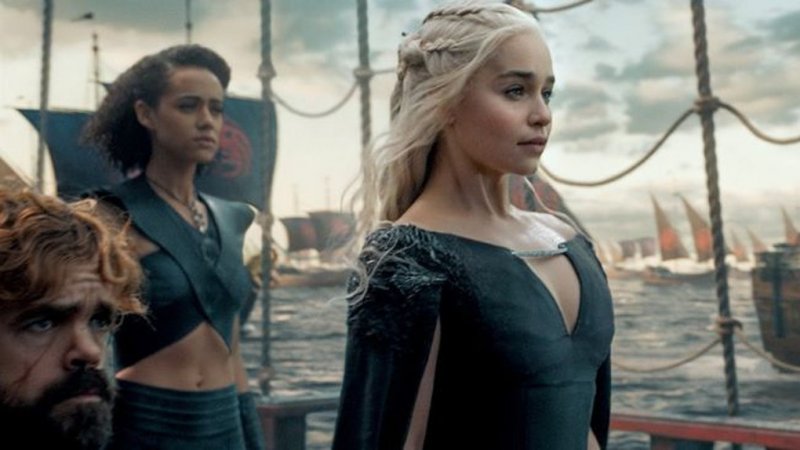
Dramatic highs: Melisandre brings Jon back to life; Theon supports Yara’s bid for power; Battle of the Bastards; “Hold the Door”; Dany and Yara meet; Jaime and Edmure Tully talk; The Hound hangs out with Ian McShane; Lyanna Mormont.
Dramatic lows: Tyrion drinks wine pointlessly while Grey Worm and Missandei look on; Sam randomly visits home; Dorne.
This may be a controversial decision, but, for my money, Season 6 of Game of Thrones is where this story most capitalizes on its narrative build-up in some awesome ways, reaching never-before-achieved heights when it comes to bringing these storylines and characters together in satisfying, unexpected ways.
From Sansa and Jon’s reunion to Yara and Dany’s unexpected alliance, Season 6 balances its still-omnipresent brutality with some moments of genuine human connection and “good” guy triumph. This world is as complicated as ever, but doesn’t revel too deeply in its gruesome grit, making way for some moments of joy.
While I would argue that Dany and Tyrion’s storylines for most of the season felt unnecessary and boring, the show more than made up for it in the end of the season by giving us Dany’s fleet heading towards Westeros. The same can be said for Arya, who entered her second consecutive season in boring Braavos, but managed to make her training with the Faceless Men a bit more interesting.
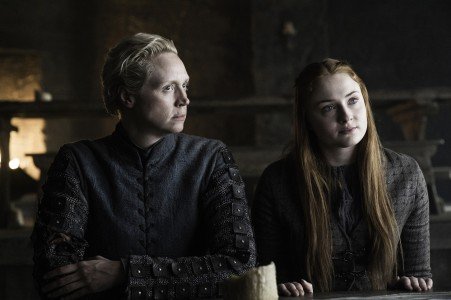
Still, though Arya’s storyline was a little outlandish at times (how did she survive that stabbing?), it also gave us some true highlights in the form of The Bloody Hand, an in-universe play loosely based on the events of the War of the Five Kings. The play acts as a reminder of the identity A Girl has left behind. By the end of the season, she has reclaimed her Stark name and makes it to Westeros where she murders Walder Frey, the man who massacred much of her family at the Red Wedding.
After so many seasons of watching Sansa punished, Season 6 finally allows her some moments of agency and triumph. It is she who saves Jon Snow and Co. in “The Battle of the Bastards” by bringing in Littlefinger and his army. Later, she kills Ramsay with his own dogs. Her Littlefinger alliance may return to haunt her, but, for now, Sansa is finally taking action in her own life and in the world of Westeros. (Perhaps she was inspired by tiny badass Lyanna Mormont.)
Meanwhile, far North of the Wall, Bran’s storyline begins to matter within the larger context of this world. Through his training with the Three-Eyed Raven, we learn of how the White Walkers first came to be and of Jon Snow’s true parentage. Game of Thrones relayed all of that information while also giving us a heartbreaking, time-bending moment in the reveal of how Hodor became Hodor. Never has Bran’s storyline — or any storyline outside of Westeros, really — been used so effectively.
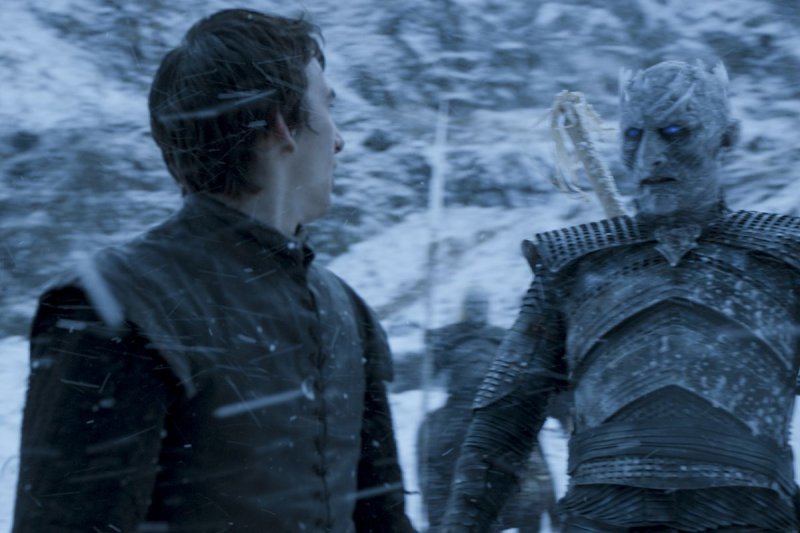
While the King’s Landing drama involving the High Sparrow may have been less interesting than previous seasons’ excellent Lannister-related machinations, it continued to explore what Cersei looks like when she is backed into a corner. Her ultimate triumph, the use of wildfire on her enemies (including the cunning Margaery Tyrell), was ultimately tainted by the suicide of Tommen, her last child. Game of Thrones still knows how to twist the knife, even and perhaps especially when it comes to its most complicated characters.
Season 6 was the first season that saw Game of Thrones pass fully beyond the books, and many viewers (including this one) were nervous to see if the series could handle it. Spoiler alert: Freed from some of the narrative constraints of the book, it was better than ever.







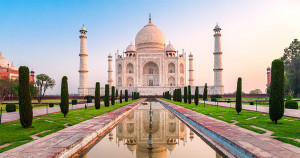


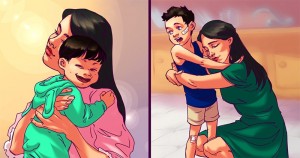








What do you think? Did you find it interesting? Share with your friends!